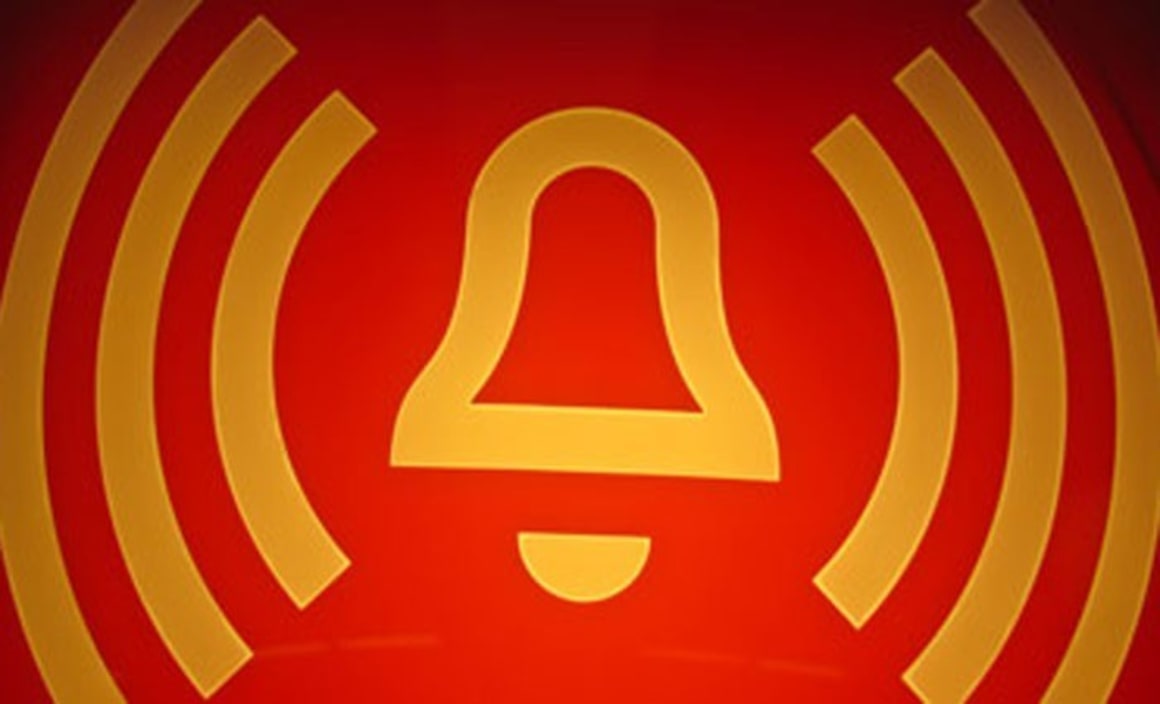NAB won't pinpoint its list of Australia's 40 most vunerable property postcodes

National Australia Bank has 40 postcodes across the country where it reckons business and personal loans are at higher risk of default.
These locations over rely on single industries for growth, have higher unemployment, and or property prices that have run too hard.
The chief risk officer of National Australia Bank, David Gall, won't pinpoint any the locations among Australia's 2500 postcodes.
But admits there are 40 where NAB is conducting its more stringent assessment of loan applications, including increasing the amount of equity that its borrowers require.
"We do have higher-risk postcodes and we make calls on what we think is the appropriate loan-to-value [LVR] ratio in those higher-risk postcodes," Mr Gall told the Australian Financial Review.
As NAB would not disclose what postcodes are on its watch list, Martin North, principal at Digital Finance Analytics, analysed susceptible postcodes for the AFR.
The highest-risk postcodes, according to DFA, are
2902 (Kambah in Canberra);
7017 (Grasstree Hill, Honeywood, Old Beach, Otago and Tea Tree in South Tasmania);
5731 (Leigh Creek and Lyndhurst in South Australia),
5134 (Cherryville and Montacute in Adelaide),
4128 (Shailer Park and Tanah Merah in Brisbane),
2334 and 2343 (various suburbs in the Hunter Valley, north of Sydney).
Darwin (909) also appeared on the DFA list, as does Gladstone Park and Tullamarine in Melbourne's north (3043).
David Gall said NAB supported existing customers in the 40 areas because while they might be higher risk, "many remained good customers."
NAB last week said its charge for bad and doubtful debts for the third quarter fell by 15 per cent to $193 million, adding that credit quality at NAB is controlled by applying interest rate serviceability buffers of at least 2 per cent higher than the current rate.
David Gall said the level of bad debts were likely to tick up in the future, although when was uncertain.
"Whether we are at the low point or not, we must be pretty close to it," David Gall said.
"When you look at a historical sense, these are very low levels of impaired assets and bad and doubtful debts that we are seeing at the moment.
"So my expectation is we are not going to see a further tick down or improvement.
"We are hoping for the current benign conditions to continue for some time.
"But ultimately, bad and doubtful debts will be a factor of the Australian economy and how it performs overall."
Pressed further Martin North said postcodes in NSW that banks would be wary about include Blackville, Caroona, Colly Blue, Pine Ridge, Quirindi, Spring Ridge and Wallabadah (2343) in the state's north-west and Greta in the Hunter (2334).
He also pointed to Riverstone (2765), Mount Annan (2567), Auburn (2144), Blaxland (2774), Chipping Norton (2170), Berala (2141) and Bass Hill (2197) as being the highest risk suburbs for defaults in Sydney.
In Melbourne, the postcodes North says are most at risk of default are Aberfeldie, Essendon and Essendon West (3040); Gladstone Park, Gowanbrae and Tullamarine (3043); Pascoe Vale (3044); Belgrave and Tecoma (3160); Mount Evelyn (3796); Endeavour Hills (3802); and Berwick and Harkaway (3806).